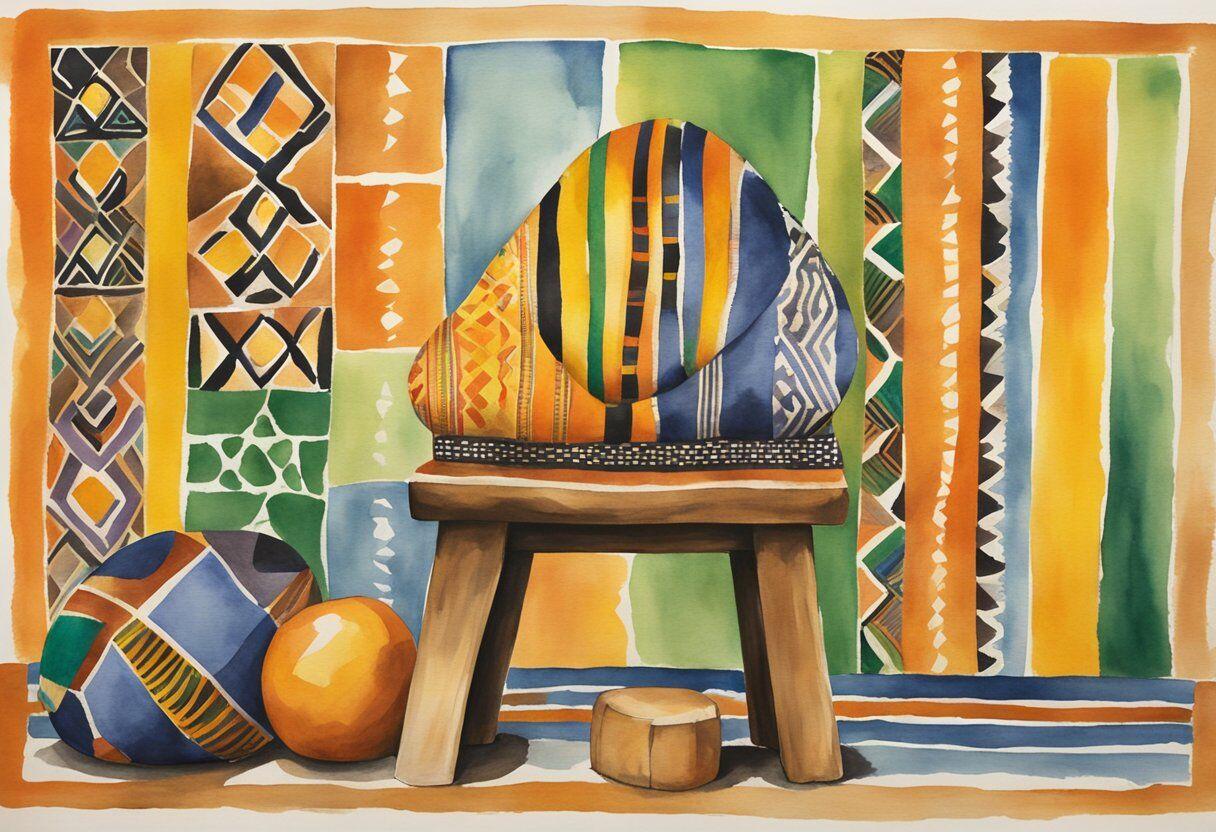table.wp-table {
width: 100%;
border: 1px solid #ccc;
margin-bottom: 1em;
}
table.wp-table td, table.wp-table th {
border: 1px solid #ccc;
padding: 0.5em;
}
table.wp-table caption {
font-weight: bold;
padding: 0.5em;
text-align: center;
}
<meta name="description" content="Discover the intricate world of Kente cloth, a symbol of Ghanaian culture and artistry. Explore its rich history,cultural significance,and practical applications,gaining insights into the beauty and heritage of this timeless fabric."
Unveiling the Beauty and Significance of Kente Cloth: A Journey into Ghanaian Heritage
Introduction
Table of Contents
Kente cloth, the vibrant and intricate fabric woven by the skilled artisans of Ghana, is more than just a textile; it is a testament to the rich cultural heritage of the West African nation. This article delves into the captivating world of Kente cloth, exploring its historical roots, cultural significance, and practical applications. By unraveling the beauty and profound meaning behind this timeless fabric, we embark on a journey into the very heart of Ghanaian heritage.
Historical Roots
The origins of Kente cloth can be traced back to the Ashanti Kingdom in the 17th century. Legend has it that the frist Kente cloth was woven by a skilled weaver named Kentehene, who was inspired by the intricate patterns he observed in a spider’s web. These patterns,known as adinkra,hold deep symbolic meanings,representing proverbs,values,and historical events notable to the Ashanti people.
Cultural Significance
Kente cloth is deeply intertwined with the cultural fabric of Ghana. It is worn by chiefs, elders, and people of high standing during special occasions, serving as a symbol of prestige, power, and authority.The vibrant colors and intricate patterns of Kente cloth are imbued with cultural and spiritual significance, reflecting the wearer’s social status, lineage, and aspirations.
Table: Adinkra Symbols and Their Meanings
| Adinkra Symbol | Meaning |
|—|—|—|
| Akoben | Perseverance |
| Adinkrahene | Chieftaincy |
| Gye Nyame | The supremacy of god |
| Nyame Nwu na Mawu | God never dies |
| Sankofa | Return to the past to learn |
Practical Applications
Beyond its cultural significance, Kente cloth has numerous practical applications. It is indeed traditionally used as clothing, with different patterns and colors reserved for specific occasions and events. In contemporary times,Kente cloth has found its way into various forms of art,fashion,and design,inspiring everything from sculptures to handbags.
Benefits
Wearing or incorporating Kente cloth into our daily lives offers several benefits:
Cultural Pride: Connecting with Ghanaian culture through Kente cloth fosters a sense of pride and recognition for its rich heritage.
Fashion Statement: The vibrant colors and patterns of Kente cloth make it a unique and eye-catching fashion statement, adding a touch of African flair to any outfit.
Economic Empowerment: Supporting artisans who weave and sell Kente cloth helps preserve conventional skills and contributes to the local economy.
case Studies
Kente Cloth in Contemporary art: Ghanaian artist El Anatsui has gained international acclaim for his stunning sculptures made from recycled Kente cloth. His works have been exhibited in major museums worldwide.
* Kente Cloth in Fashion: fashion designers such as Vivienne Westwood and Stella McCartney have incorporated Kente cloth into their collections, blending traditional African patterns with modern silhouettes.
First-Hand Experience
“My first encounter with Kente cloth was during a traditional Ghanaian festival. I was struck by its vibrant colors and intricate designs. Wearing a piece of Kente cloth made me feel connected to the culture and heritage of the people of Ghana.” – Sarah, a tourist from the United States
Conclusion
Unveiling the beauty and significance of Kente cloth offers a glimpse into the rich cultural tapestry of Ghana. From its historical roots and profound cultural meaning to its practical applications and artistic expressions, Kente cloth is a symbol of African heritage and artistry that continues to inspire and captivate. By embracing the beauty and significance of this timeless fabric, we not only celebrate the creativity of its weavers but also connect with the vibrant spirit of Ghana and its people.

